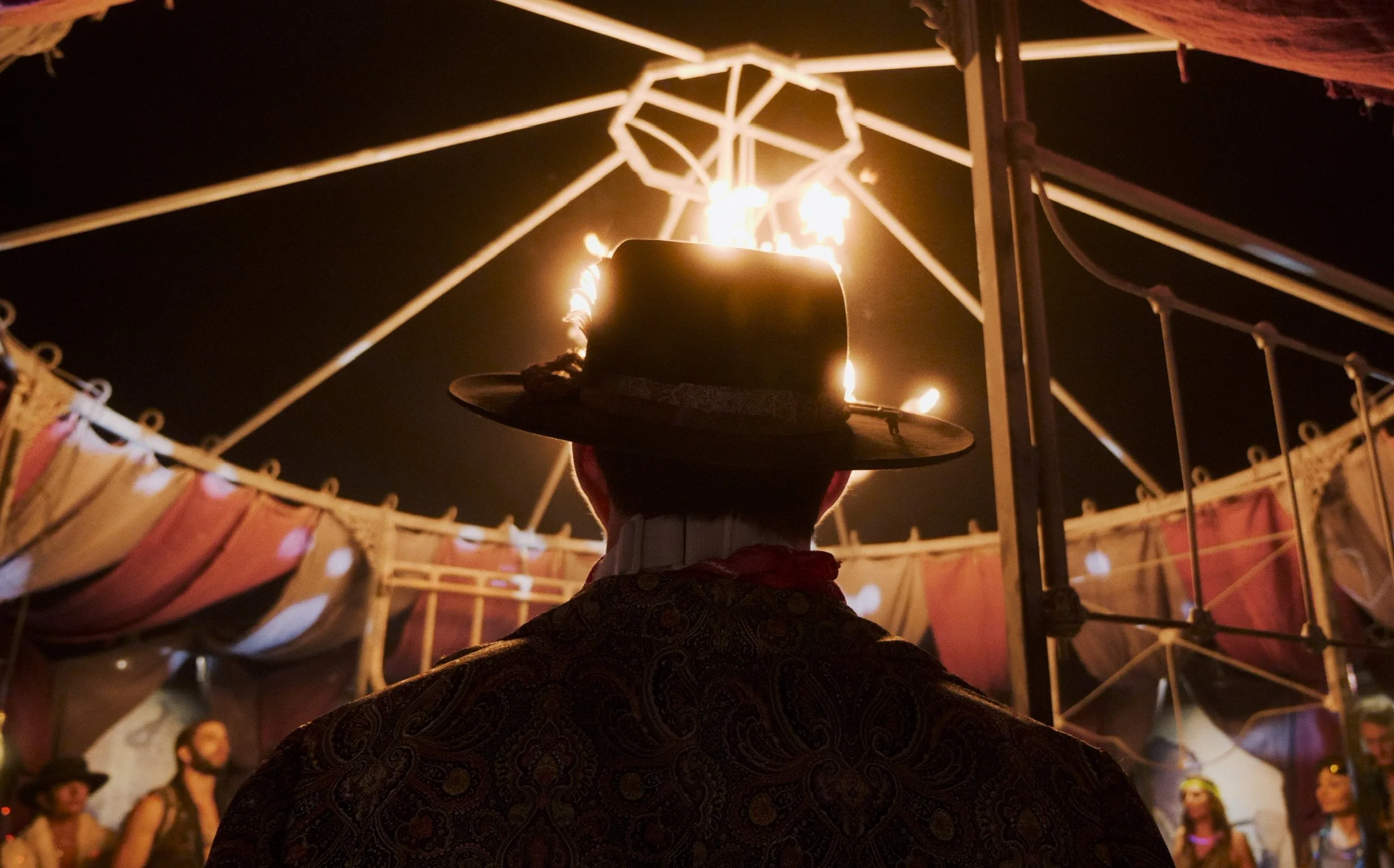Creating Engaging Short Films: Tips for Emerging Filmmakers
Short films are a fantastic way for emerging filmmakers to showcase their talent and creativity. Here are some tips to help you create engaging short films that leave a lasting impression.
Finding a Compelling Story
A compelling story is the foundation of any great short film. Look for unique ideas and perspectives that can be explored within a limited runtime. Focus on a single theme or concept and develop it thoroughly. Consider everyday experiences and personal insights, which can resonate strongly with audiences and provide fresh takes on familiar themes.
Writing a Tight Script
With a short film, every second counts. Write a tight script that gets straight to the point and maintains the audience’s interest throughout. Avoid unnecessary scenes or dialogue and keep the narrative focused and concise. Start with a strong hook that grabs attention, and ensure each scene serves a purpose in advancing the story or deepening character development. Keep your dialogue sharp and impactful, with every line moving the story forward or revealing something important about the characters.
Creating Memorable Characters
In a short film, you have limited time to develop characters, so make sure they are memorable and relatable. Give them clear goals, motivations, and obstacles that they need to overcome. Even with a brief runtime, aim to show some growth or change in your characters to make them feel dynamic and engaging. Use visual storytelling to reveal their personalities and backstories, allowing the audience to connect with them quickly and meaningfully.
Utilizing Visual Storytelling
Short films rely heavily on visual storytelling. Use visuals to convey emotions, themes, and story elements without relying solely on dialogue. Consider the composition, lighting, and color palette to enhance the mood and tone of your film. Be intentional with your camera angles and movements to create a dynamic and immersive viewing experience. Visual symbolism can add layers of meaning and depth to your story, making it more engaging and thought-provoking.
Focusing on Strong Editing
Editing is crucial in crafting an engaging short film. Keep your film tight and well-paced by cutting unnecessary scenes or sequences that don't contribute to the story. Use transitions and cuts strategically to create rhythm and maintain the audience's engagement. Pay attention to pacing and ensure that each moment feels intentional and contributes to the overall narrative arc.
Incorporating Sound and Music
Sound design and music play a vital role in setting the mood and enhancing the emotional impact of your film. Choose a soundtrack that complements the tone and themes of your story. Use sound effects to create atmosphere and immerse the audience in the film's world. Be mindful of how sound can build tension, convey emotions, and heighten dramatic moments.
Experimenting with Style and Technique
Short films offer an excellent opportunity to experiment with different styles and techniques. Don't be afraid to push boundaries and explore unconventional storytelling methods. Whether it's through animation, stop-motion, or unique visual effects, find a style that complements your story and adds a distinctive touch to your film. Embrace creative risk-taking and let your unique voice shine through.
Getting Feedback and Iterating
Before finalizing your short film, seek feedback from peers, mentors, or test audiences. Listen to their insights and be open to making improvements. Iterating on your work can lead to valuable revisions and help you craft a more polished and engaging final product.
Creating an engaging short film requires a blend of creativity, storytelling, and technical skill. By focusing on a compelling story, tight script, memorable characters, and strong visual and auditory elements, you can create a short film that captivates audiences and leaves a lasting impression. Embrace the freedom and flexibility of short films to explore your unique style and vision, and use each project as an opportunity to learn and grow as a filmmaker.

